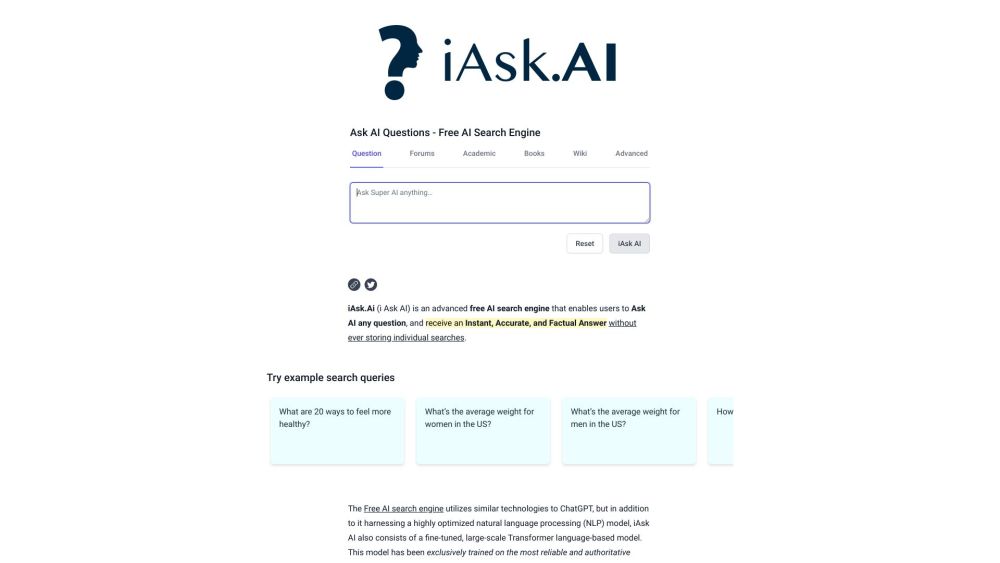Driving Efficiency: Uncovering the Power of Operations Intelligence
Driving swiftly becomes second nature: you insert the key, grip the wheel, press the gas pedal, and away you go. Just like navigating complex machinery, we manage our professional environments through muscle memory and experience. Going to work often feels the same—we assume everything operates smoothly within our intricate corporate ecosystems.
Understanding a company is akin to examining a car. At first glance, both appear impressive, boasting shiny exteriors and numerous roles, processes, and an unmistakable culture that collectively work together. Yet, we seldom delve into their inner workings.
The true story lies beneath the surface. To determine what elevates certain cars or companies above the rest, we must look deeper—under the hood or behind the scenes.
Unlocking Potential Through Inward Exploration
Top companies proactively explore their internal mechanisms to understand information flow, pinpoint bottlenecks, and enhance efficiency. It’s in these hidden processes that a company's real potential emerges. With strategic adjustments, you can convert a business into a finely tuned machine that surpasses competitors and races toward success.
Incremental Advancement and Breakthrough Innovations
In both the automotive and business landscapes, progress often comes from incremental improvements. Over time, cars have evolved with greater fuel efficiency, enhanced safety features, and improved aesthetics, making each model year better than the last. Occasionally, groundbreaking innovations such as windshield wipers, cruise control, and electric ignitions have revolutionized the driving experience.
For businesses, these breakthroughs can unlock unprecedented success. For instance, process mining provides objective insights through real data, enabling data-driven decision-making and the identification of inefficiencies. Moreover, artificial intelligence, particularly in operations intelligence, has transformed how companies perceive their processes, personnel, and structures to achieve their goals.
Operations intelligence focuses on optimizing information flow, addressing bottlenecks, and eliminating obstacles to progress. Companies investing in this realm can undergo transformations as significant as the transition from gasoline-powered to electric vehicles—becoming more adaptable, cost-effective, and responsive to market fluctuations.
Navigating Challenges in Organizational Understanding
What hinders today’s leaders from fully grasping their organizations?
Operations requires dissecting organizations to comprehend roles, connections, and the dynamics occurring behind the scenes. Intelligence revolves around optimizing these moving parts. Operations intelligence integrates methodologies to provide profound insights into how an organization functions, implement improvements for excellence, and deliver this knowledge at crucial decision points.
Operations intelligence streamlines decision-making by directing time and resources to where they are most needed. Attention metrics highlight projects that either consume excess minutes or remain neglected. This approach plays a pivotal role in risk management by pinpointing issues such as departmental misalignment, helping to avert potential problems and losses. To be effective, it relies on quality data as the foundation for insights and enhancements leading to operational excellence.
Building the Foundation of Intelligent Operations
Operations intelligence revolves around harnessing an organization’s data to gain insights into its functionality and uncover hidden opportunities for improvement. This entails gathering, analyzing, and visualizing data from various parts of your organization to identify trends and patterns. This process empowers operators to make informed decisions that enhance operational efficiency, reduce costs, and increase customer satisfaction.
For effective implementation of operations intelligence, consider these essential steps:
Step 1: Extract Minimal Viable Data (MVD)
Minimal viable data (MVD) is the essential information required for confident decision-making. Traditional analytics often overlook digital data from commonplace tools like documents, instant messages, and meetings. This data holds invaluable insights, and applying statistical methods, natural language processing, and machine learning can highlight its significance amid the vast data landscape.
For example, R&D teams gather extensive software development data, including code commits, bug reports, and team communications. By concentrating on key performance metrics—such as code rewrites, bug fix response times, and collaboration patterns—they can swiftly pinpoint problematic code modules, allocate resources effectively, and enhance software quality.
Step 2: Foster Transparency and Alignment
Improvement requires measurement. Transparency involves visualizing data while establishing coherent concepts like entities, processes, topics, and organizational interactions to identify issues and opportunities. A common language and standardized metrics enhance collaboration across the organization.
Achieving alignment on KPIs can be a challenge within organizations with diverse cross-functional teams and various tools. A unified operations intelligence framework allows teams to quickly detect resource bottlenecks, redistribute resources, and synergize their efforts toward the company's strategic objectives.
Step 3: Concentrate on What Matters
Amid the overwhelming flow of information, it’s easy to feel lost. Operations intelligence streamlines this process by highlighting leading indicators and early warning signs for potential problems or successes.
By closely monitoring these metrics, organizations can identify trends and patterns and proactively take actions that refine business processes while allocating resources to positively impact the bottom line.
Step 4: Leverage AI for Exceptional Insights
AI simplifies the interpretation of data, providing insights that streamline decision-making. Organizations of all shapes and sizes face complexity—from managing remote workforces to coordinating multinational offices. This complexity resembles a challenging puzzle; manual data analysis can be arduous and time-consuming. AI serves as the solution, guiding organizations through their intricate data landscape, revealing hidden insights, and optimizing operations. This newfound clarity leads to efficient resource allocation, reduced costs, data-driven decision-making, and enhanced responsiveness to the ever-evolving business climate.
Operations Intelligence represents a cutting-edge strategy embraced by leaders and employees alike. AI enhances the understanding of organizational mechanics, promotes thoughtful decision-making, and boosts profitability—all without overwhelming teams with intricate challenges. By leveraging the right tools and mindset, organizations can uncover hidden strengths, foster collaboration across teams, and achieve remarkable outcomes, crucial in today’s dynamic business environment.
Just as technological advancements continually transform the automotive industry, breakthroughs in business operations through operations intelligence can propel a company to new heights. While ongoing improvements remain essential, these remarkable insights set companies apart, enabling them to flourish in a competitive landscape.




